“There is so much work that goes into raising a strong and healthy lamb,” 20-year-old Lucy Gordon tells me as she leads me into a barn bustling with bleating sheep.
And within the next few hours, I’ll find out just how complex this whole process is.
With lambing season in full swing, Lucy and her family at Candacraig Home Farm in Aberdeenshire are working round the clock to make sure their 1,000 ewes are well looked after.
The scale of the operation at their Strathdon business – which also has about 150 breeding cattle at their other site near Lost – is overwhelming to say the least.
At first glance, Lucy glides from task to task so smoothly that you can easily fall into the trap of thinking: “Oh that’s not so bad, I can do that”.
But once you get into the nitty-gritty of things – and try your hand at it yourself like I did – you swiftly realise there is a lot more to it than meets the eye.
In a three-hour crash course, Lucy introduced me to what a lamb MOT is and how to spot a ewe readying herself to give birth.
I was also shown how to feed the newborns and what a lamb adoption is – which I can give you a hint is not what you think.
And I was there when wee lambs Denny and Andy took their very first breaths (you will soon find out why these two newborns are particularly important to this story).
So roll up your sleeves, put on your wellies and let’s crack on…
The start of a day full of surprises and adventures…
My “shepherdess experience” begins with a warm welcome from Lucy and Leanne Smith at 1pm sharp, with Opal the Border Collie wagging her tail by their side.
Leanne has been helping the Gordon family for about seven years, and as of recently has been taking charge in promoting a range of farming experiences at Candacraig.
Lucy last year decided to open her parents’ steading to farm enthusiasts like myself so they can explore what goes on behind the scenes during lambing season.
It usually comes with a wholesome session of bottle-feeding newborns, which is mainly run by Leanne, while Lucy is in charge of the tour around the farm.
We shake hands, pet Opal and go into the first pen, where more than a hundred ewes are now lying in the straw with their lambs.
The little ones are far from the white fluffy balls of fur you usually see in children’s books – more so a bit scruffy and mucky, but adorable nevertheless.
And there are so many of them…
I wonder how they keep track of it all as Lucy explains that their days normally start at 6am and could end as late as 11.30pm.
That is if you don’t count the impromptu checks at 3am that she does “just to make sure they are alright”.
I soon find out there is a system, however, to feed the ewes accordingly and keep everything in order – especially when it comes to sorting out any “mismotherings”.
Or in other words, if a ewe has gone to the wrong lamb and vice versa.
You can imagine my next question is how on Earth do you sort that, right? All sheep look kind of similar after all.
But not according to Lucy, who has been doing this for so long that she can actually spot the similarities between mother and child.
Did you know that – much like humans – lambs resemble their mums and you can actually tell them apart from the way they look?
Well, I certainly didn’t… Although I’m soon to realise that this would be just the first of many surprising revelations that day.
“It is very difficult, don’t get me wrong,” Lucy laughs.
“But you can tell most of the time, and the more you do it – the easier it gets.”
I’ve heard of a car MOT – but what’s a lamb MOT…?
The barn we are in is designated for mums of one or two lambs, and all of them will be up for sale at some point, Lucy tells me as we move on to a pen with a newborn.
It’s tiny, and looks fragile – but she is confident it will grow up strong and healthy with the right care.
This is where Lucy introduces me to the concept of a lamb MOT (…a what?).
These are the health checks every lamb needs to get within hours of being born – including spraying their naval with iodine and giving them vitamins and an injection.
It takes about two minutes to do all of that, which doesn’t seem like much.
But when you multiply it by hundreds – depending on how many are born that day – it starts to get a bit more time-consuming.
And still, Lucy enjoys every minute of it.
What is it like to be a 20-year-old farmer in Strathdon?
As we trudge along to the two covered barns – dubbed “the tunnels” – Lucy tells me how farming is “all she has ever known and all she wants to do”.
She is now in her third year of studying Agriculture at Scotland’s Rural College in Aberdeen, and hopes to one day run her own farm.
Candacraig is very much a family enterprise, with her twin sister Alanah and her younger brother Cameron taking the same route after their parents and grandparents.
And when you look around, the team muddying their wellies around the farm that day are all girls around Lucy’s age – including her cousins Molly and Georgia.
“I like being here,” she smiles as she takes another big step up the hill.
“Even during term, I will come home for the weekend to help out with the work.
“It’s what I’ve always been used to and I love it. I can’t see myself doing anything else, and this would probably be what I do for a living after I leave college.”
She adds: “Seeing all the lambs jumping around just makes me smile.
“And when you know that it’s your work that has helped them grow healthy, it makes it all the better. It’s very rewarding to see what you’re producing.”
Getting elbow-deep into lambing… literally!
Our conversation is politely interrupted by Molly’s holler from one of the tunnels on the top of the hill: “One is ready to lamb now, Lucy!”
Great, we get to see some action!
The next question is, however, directed at me: “Would you like to give it a go?”
Now that’s an unexpected turn of events…
I’m no stranger to farming as a whole, having spent my childhood summers at my grandparents’ farm. But I have never lambed a ewe!
Well, there is a first time for everything.
Next thing I know, I’m pulling shoulder-length polythene gloves up my arms… I don’t want to think of what they are supposed to protect me from at this point.
As excited as I am, I admittedly freeze a little bit at the sight of the bleating sheep lying in the straw.
But I have Lucy and her friend to guide me through it all.
Without going into too much detail, it’s certainly a hands-on experience as I tug the lamb from inside its mother – being extremely careful with its fragile legs.
One leg is out… “It’s slippery!” I tell Lucy.
“I know,” she chuckles at me, and tells me to just keep pulling.
I grab the other leg and with another hard but careful pull, I see a little slimy head peeking through. “Phew, we are nearly there,” I think to myself.
And with one final pull, the wee creature is out in the straw taking its first breath. Naturally, I call it Denny.
“Here we are…you did great!” Lucy comforts me as dozens of emotions contort my concerned face. Mainly, I’m just happy the lamb is alive and healthy.
Lucy adds that ideally you want the lamb to be up on its feet within 15 minutes of being born. Then we need to give it its first dose of colostrum so it can grow all strong.
It might have not been my best attempt at it – but as they say, practice makes perfect…
I’ve barely managed to let out a sigh of relief when Lucy turns to me again: “Are you ready for the second one?”
A second one??
I try to compose myself and dive right back in. This one proves to be trickier but I get there in the end and I meet Andy for the first time (my second lamb).
It’s an experience I never thought I’d have – and now, it’s certainly one I’d never forget.
But I do wonder if there are many visitors who are willing to get through this too?
“They don’t need to if they don’t want to,” Lucy tells me.
“But you’d be surprised at how many actually do want to try their hand. And there are the occasional ones who would say ‘Absolutely not’ to begin with and then still do it.”
We give Denny and Andy one last pet and leave them in the capable hands of Lucy’s friends.
What exactly is ‘lamb adoption’?
The next thing on our tour itinerary is the tunnel for “wet adoption” – or as I started to call it, the lamb adoption centre.
Most of the ewes here have only one lamb, which means they can adopt a second one to look after – normally taken from a sheep with triplets.
This year, about 120 ewes have had triplets just in the first 10 days of lambing, and Lucy explains that giving one of them to a different mum is better for both parties.
There is a whole process to ensure that the lamb and its new mum like each other. None of it is rushed, and the newborn will stay at the pet pen until they find it a suitable ewe.
It’s all nice and normal, but I’m still happy Denny and Andy were born twins and neither will be put up for adoption.
How do you know a ewe is about to lamb?
As we head towards the pet pen, I ask Lucy how they spot if a ewe is about to lamb.
I can imagine you’ve been wondering about this too as keeping tabs on more than 1,000 sheep who will get there sooner or later seems a hefty task to handle.
Lucy says that while every ewe is different, there are usually signs that you can tell by: they will become a bit restless and try to isolate themselves so they have space to lamb.
Most of them manage this on their own, but Lucy still checks on them regularly in case there are any complications and so they can attend to the newborn promptly.
If you’ve never bottle fed a newborn lamb – do it now!
We enter the pet pen and my face stretches into a huge smile.
This is Leanne’s happy place, and I can see why – dozens of curious lambs are joyfully jumping around, occasionally coming by to say hello and nibble at your boots.
As the family helper, Leanne spends “every day all day in here – from first thing in the morning to last thing at night”.
She is in charge of bottle feeding the lambs that don’t really know how to do that or forget to eat (I don’t know how this is possible, but fact).
Some need to be tube fed straight into their little stomachs too, which all visitors to the farm get to learn how to do and try their hand at it – myself included.
Leanne does her best to make the shepherdess experience educational and fun, and given their fully booked schedule two years on – I’d say she is doing a great job.
I don’t think there is anything that can top my “lambing a ewe” adventure, but cuddling and bottle feeding these adorable creatures is certainly a second best.
Half an hour on, I’m still grinning like a Cheshire cat as I bid the pair my goodbyes.
“It’s such wide, bright smiles like yours that we do this for,” Leanne tells me.
“We want people to learn about the work that goes into lambing, but most of all, it’s about making happy memories.
“And by the look on your face, I think we’ve succeeded with you.”
You most certainly did, Leanne. You most certainly did!
You can find all about the Shepherdess experience, and everything else that is on offer at the farm on the Hobnobbing with Cairngorms Glamping Facebook page.
Read more:
- 26-year-old Huntly farmer: ‘I love my job despite sleepless nights of calving season’
- ‘I’ve never regretted buying my Huntly farm – but rainiest ever lambing season almost did it for me’
- Farming planning ahead: New homes, batteries and a play place
- Nice to meet moo: Foveran’s baby Highland cows arrive at Aikenshill Farm
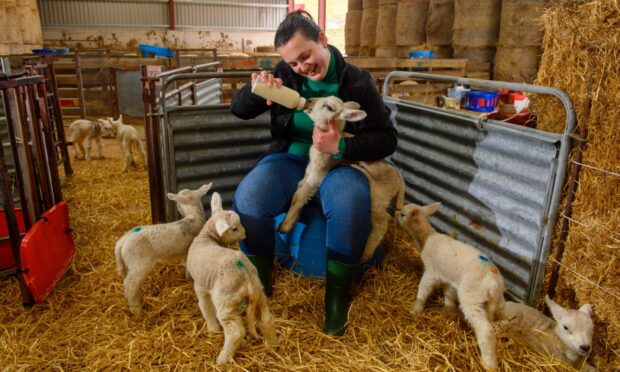
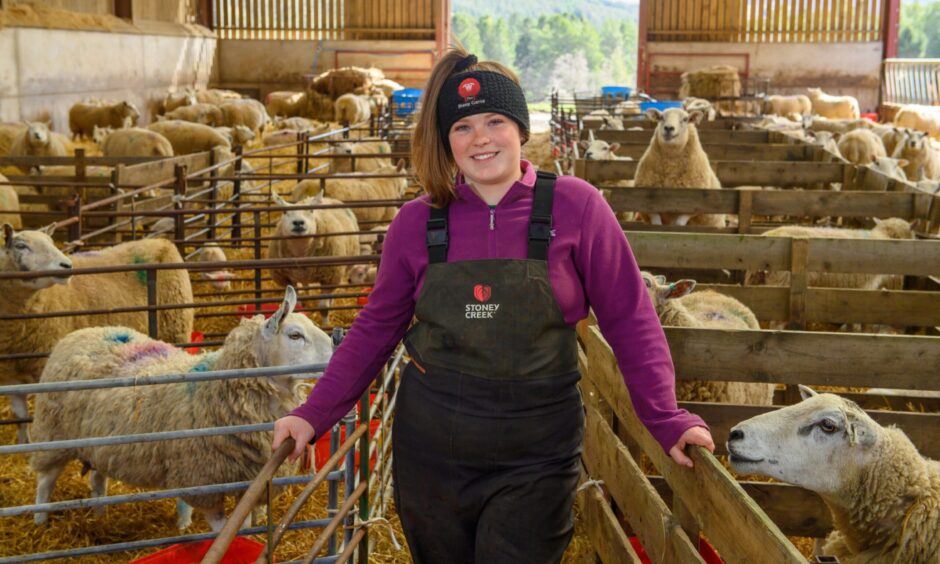

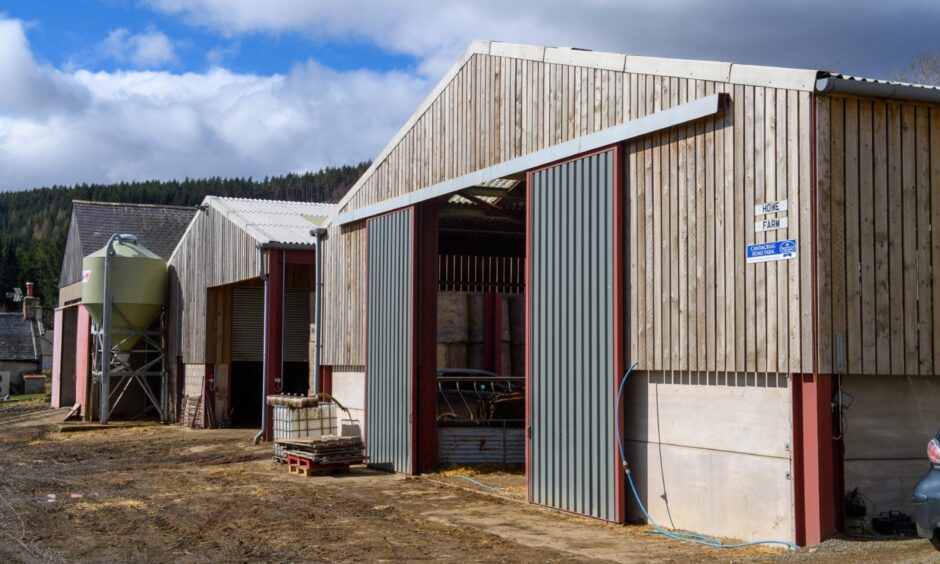
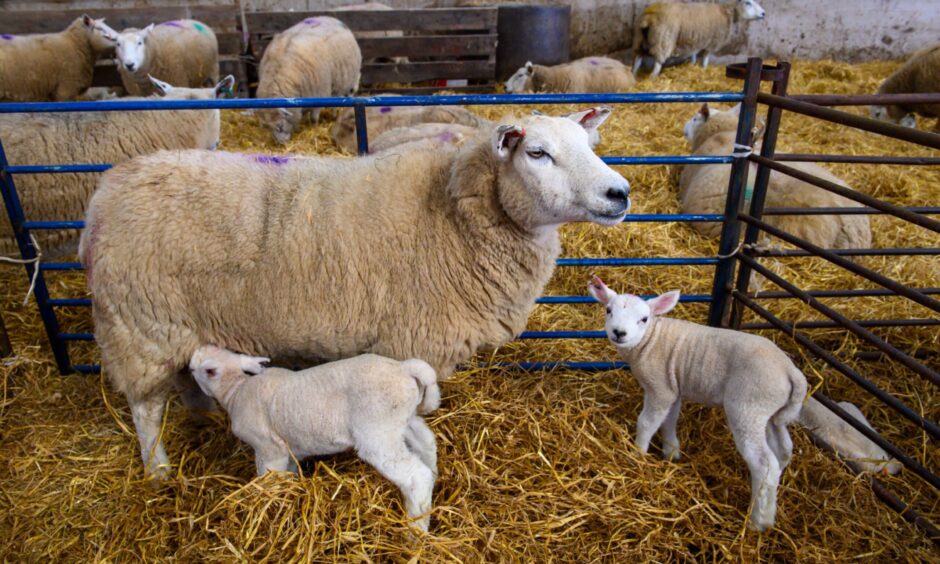
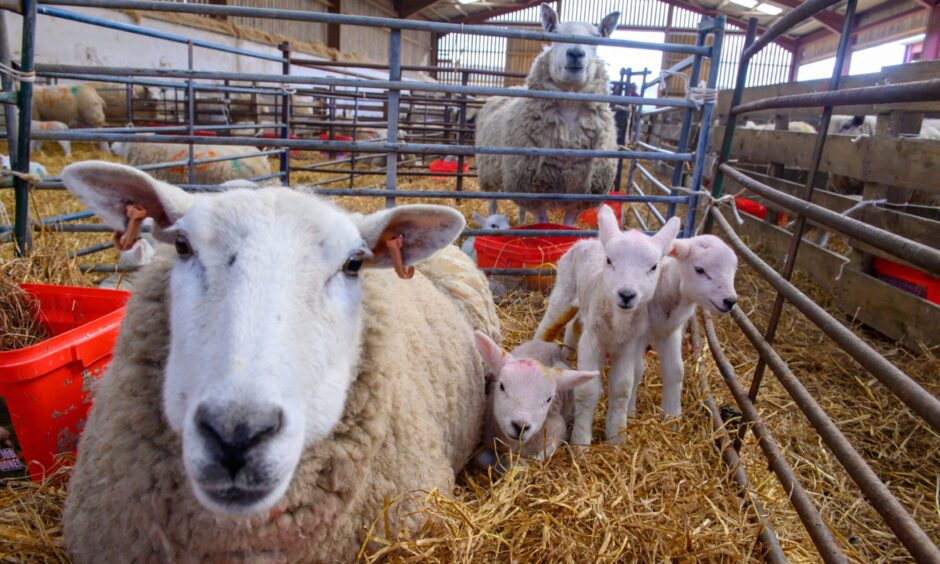
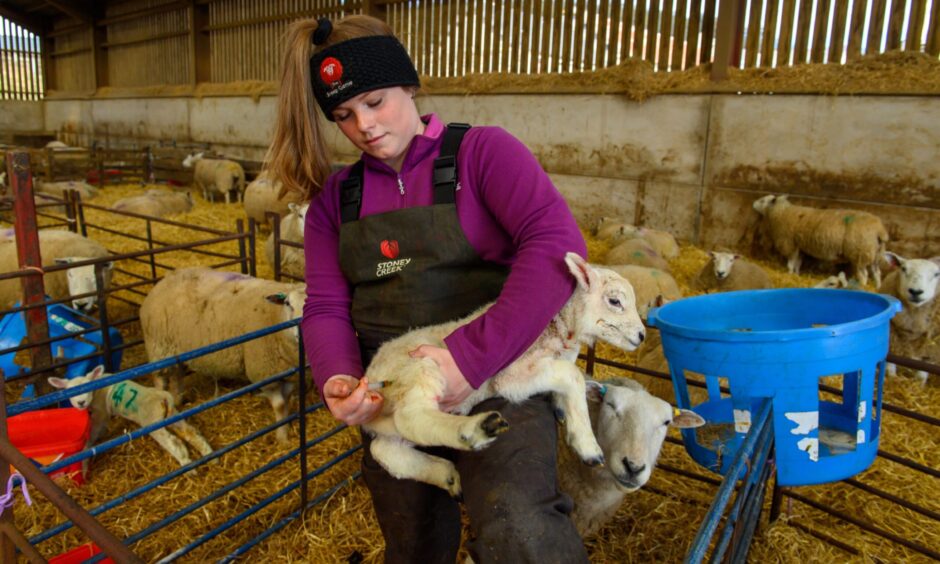
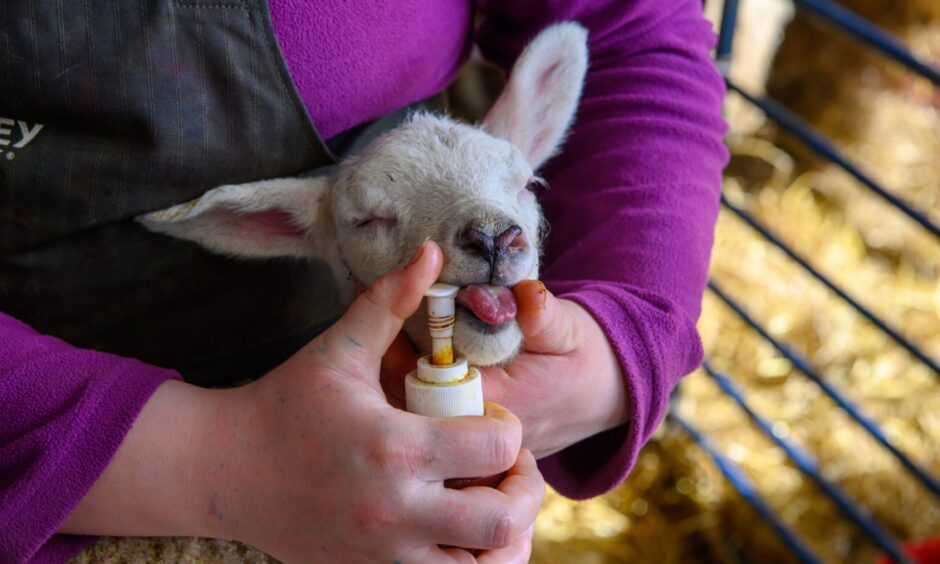
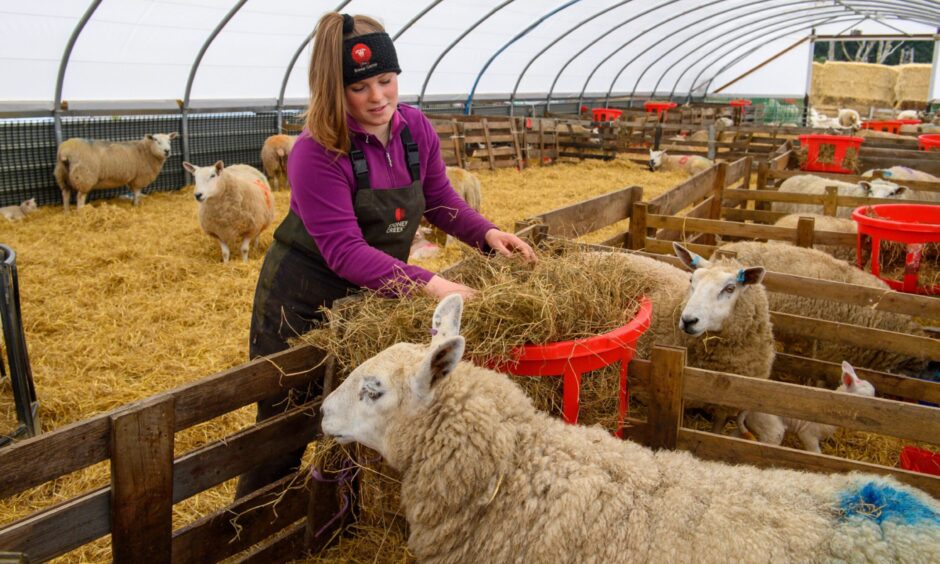
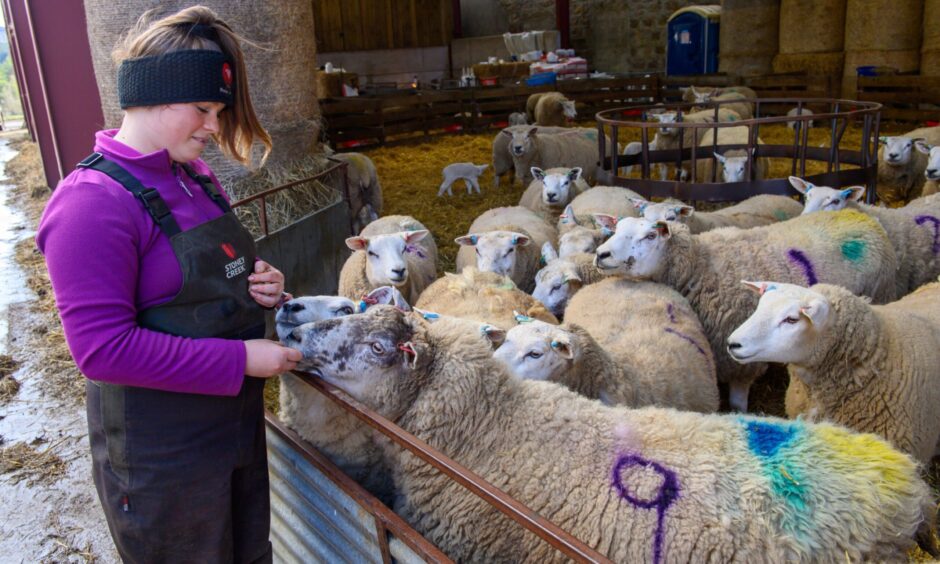
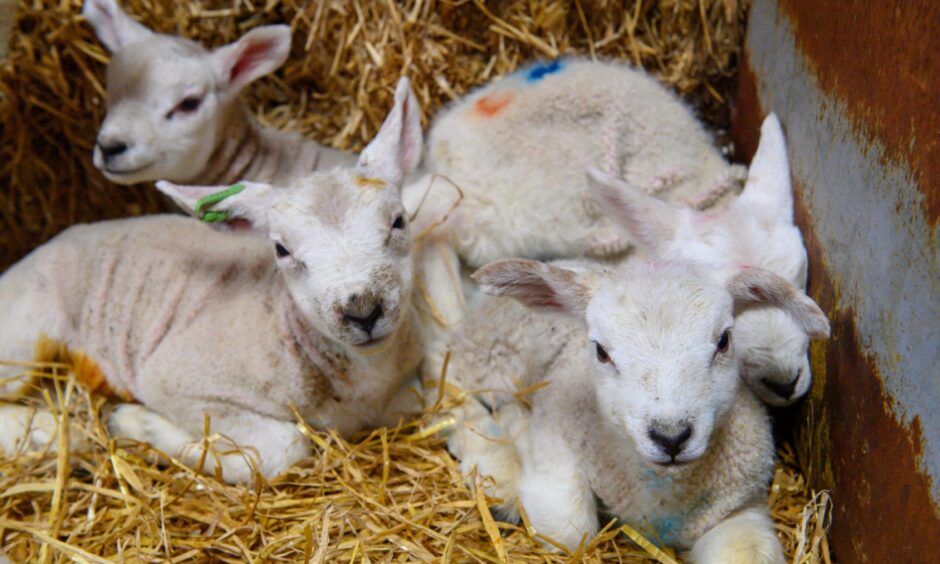
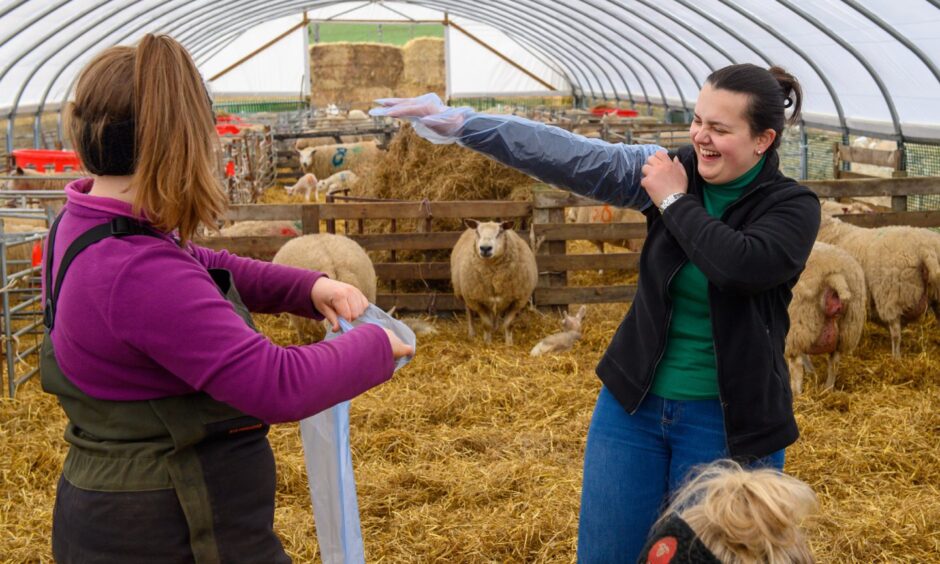
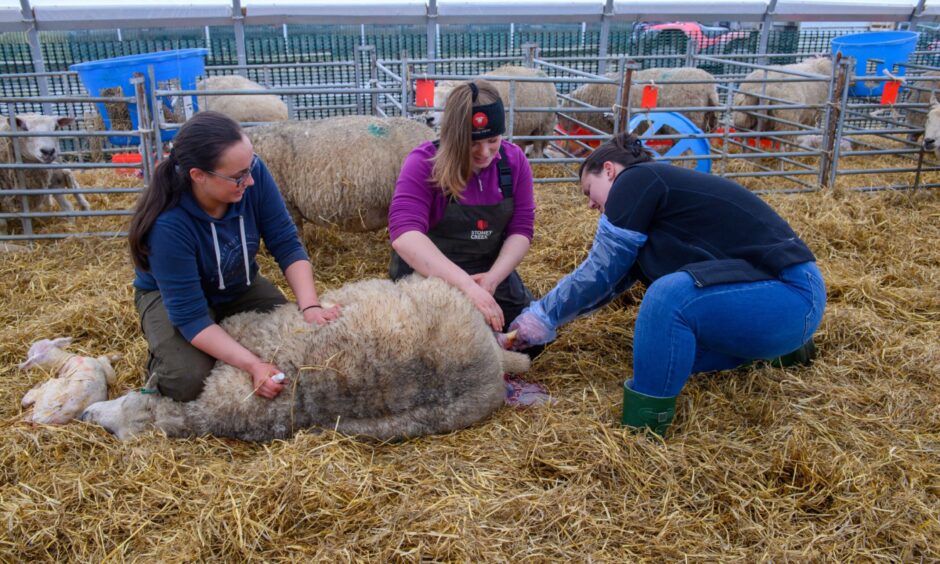

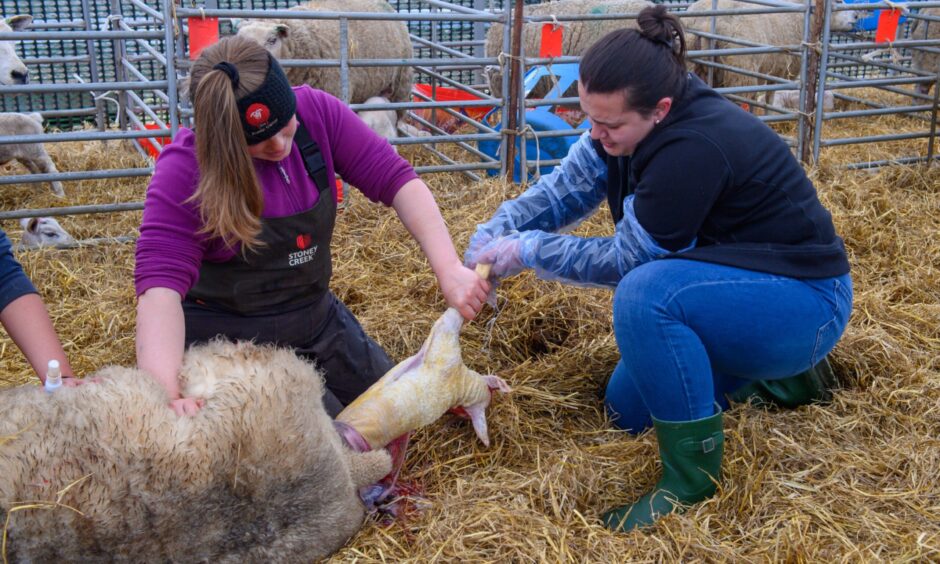
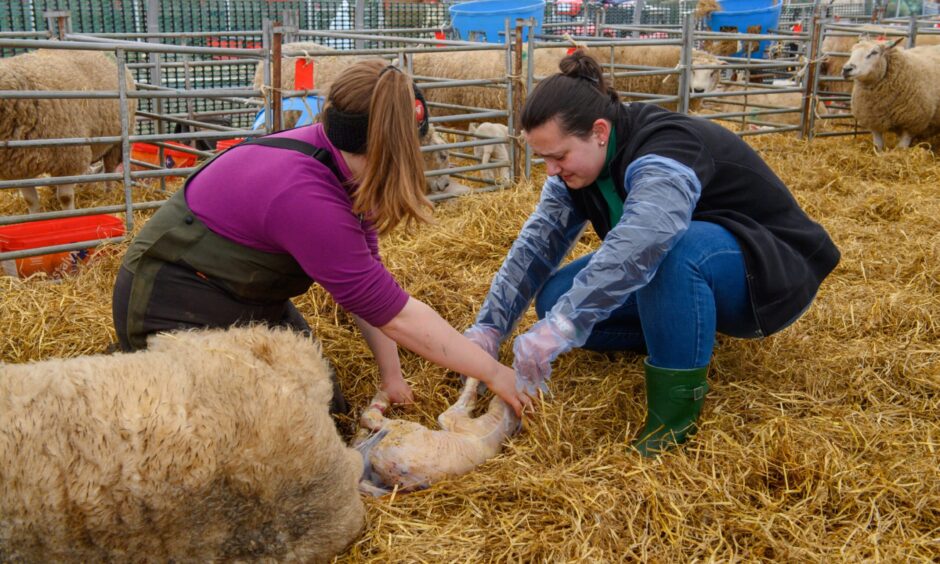
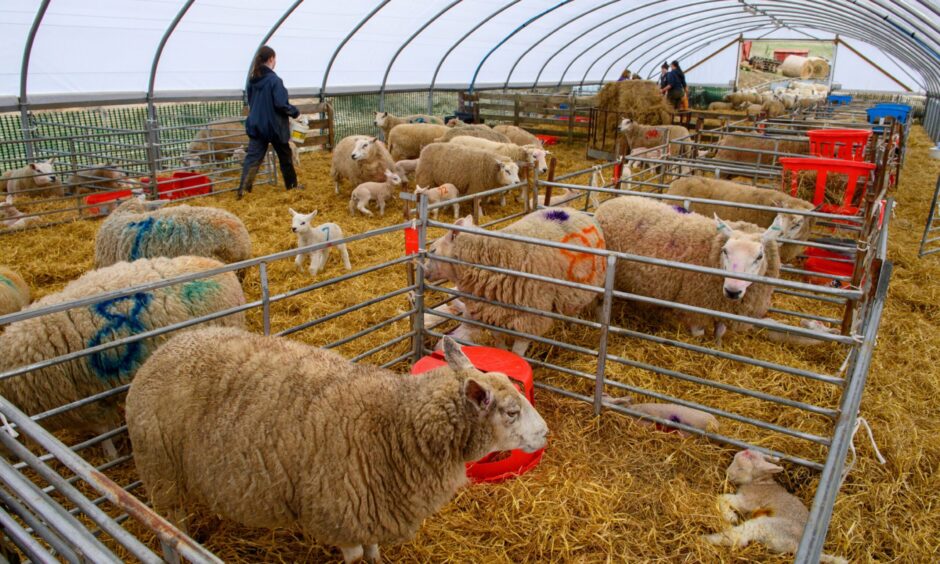
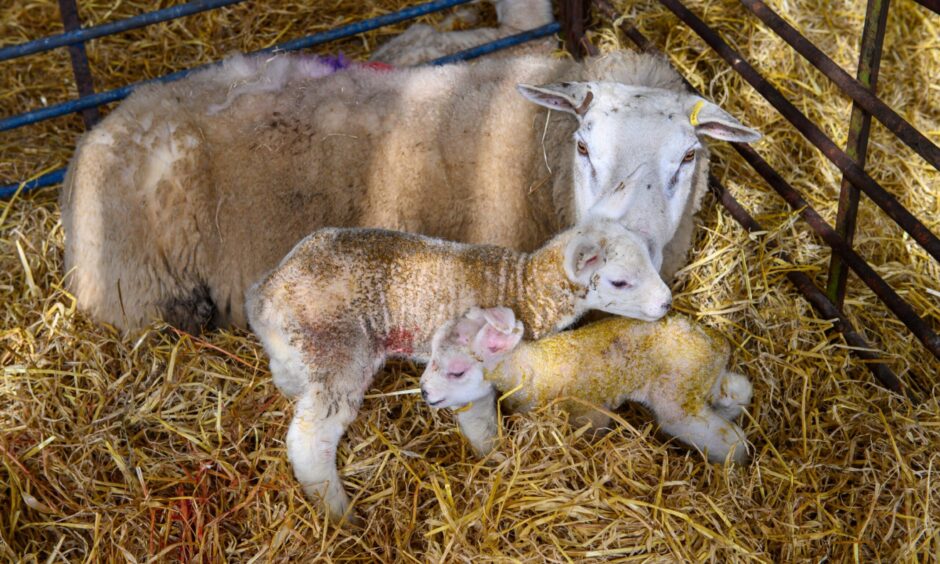
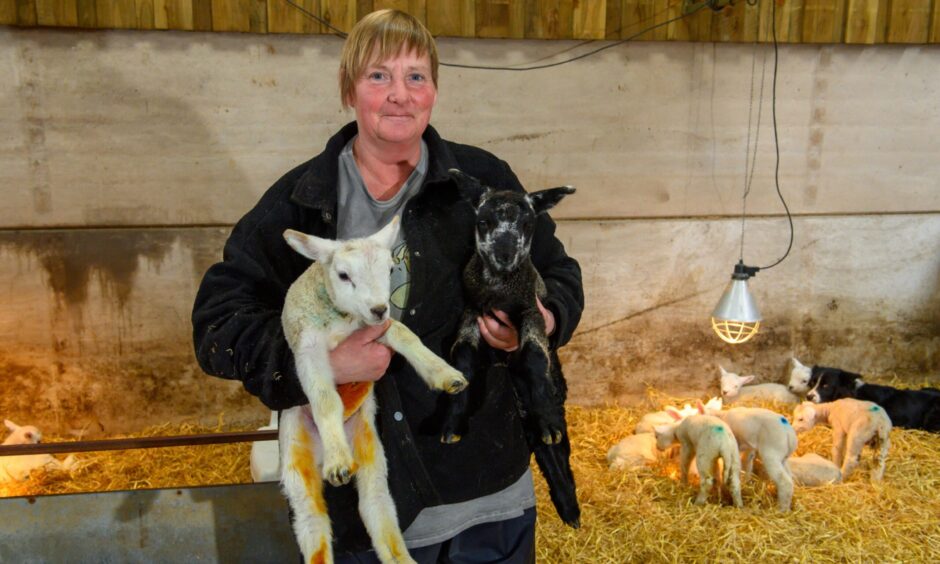
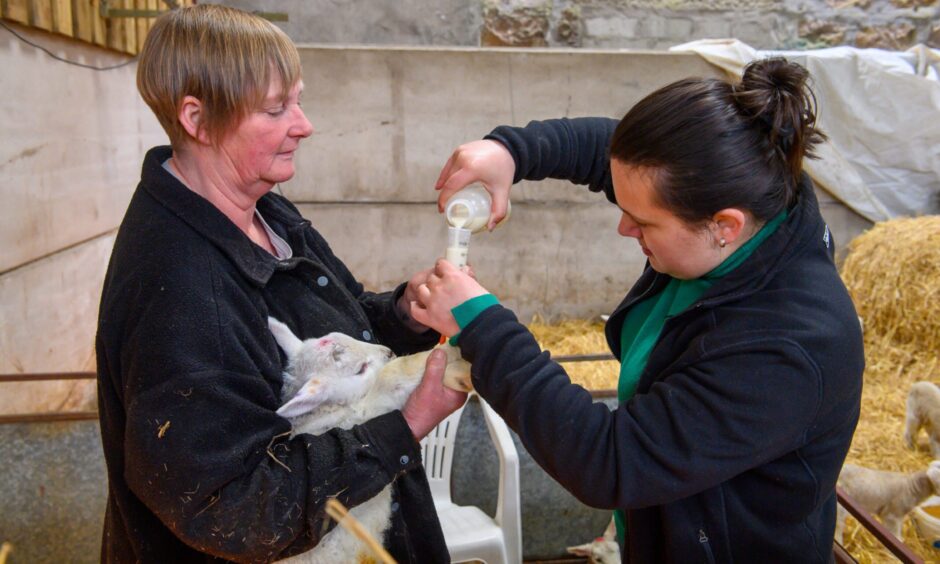
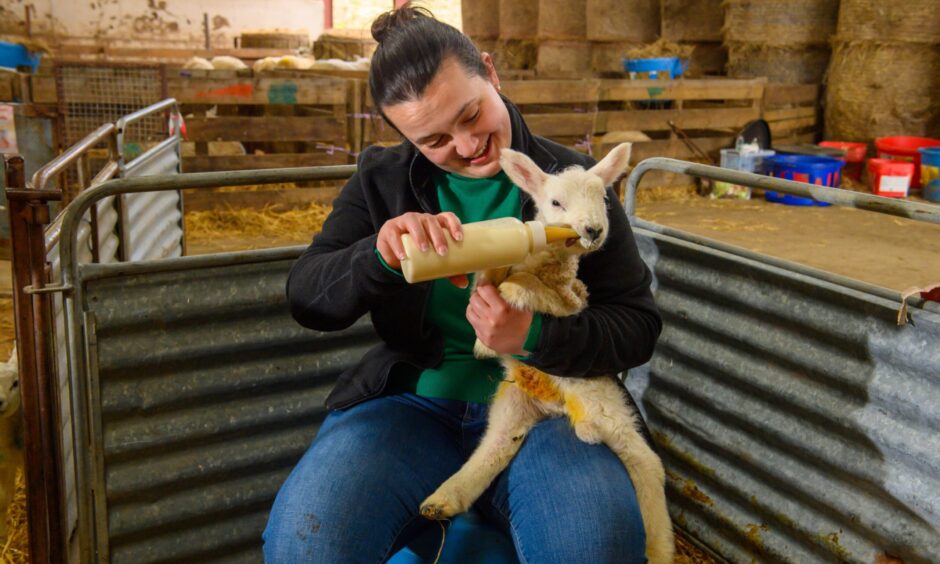
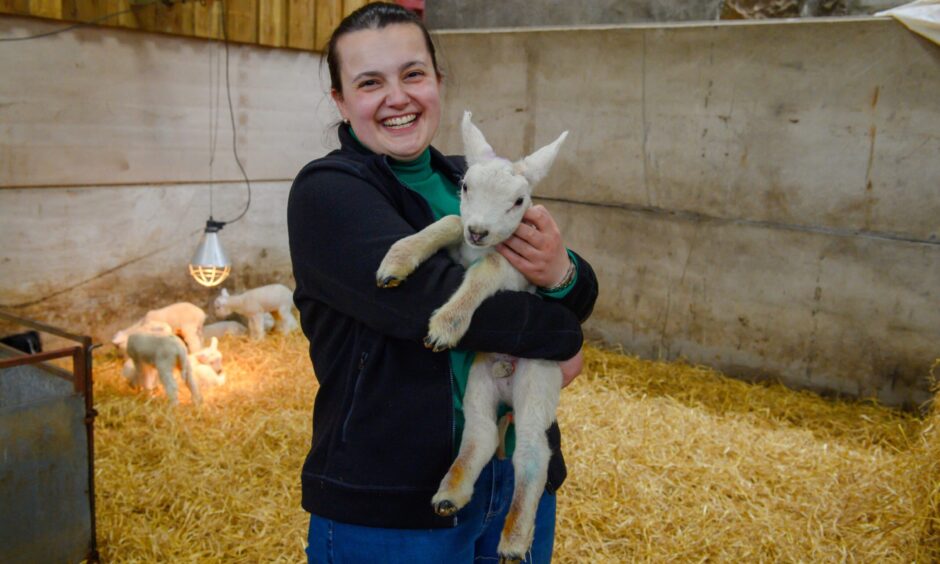
Conversation